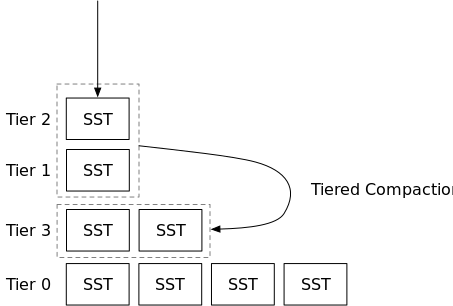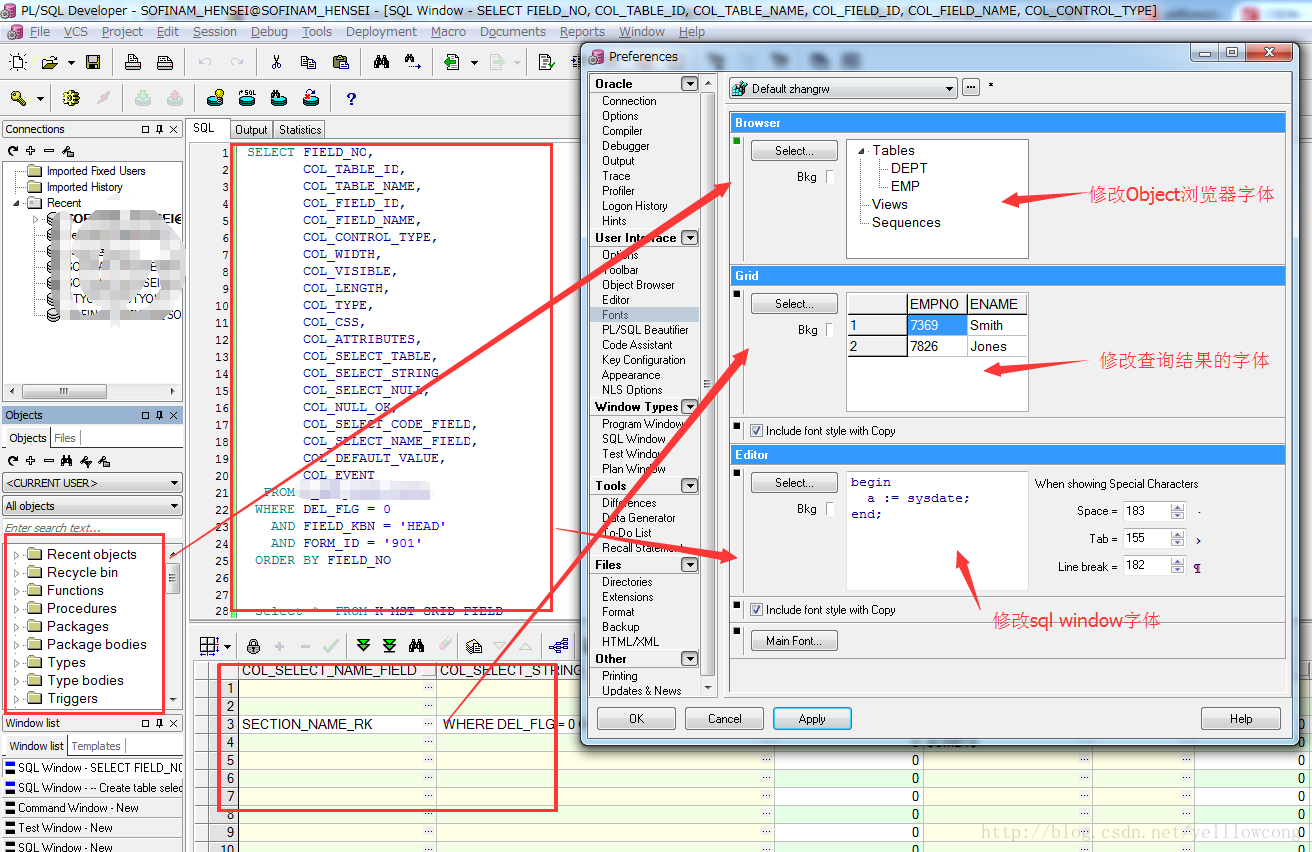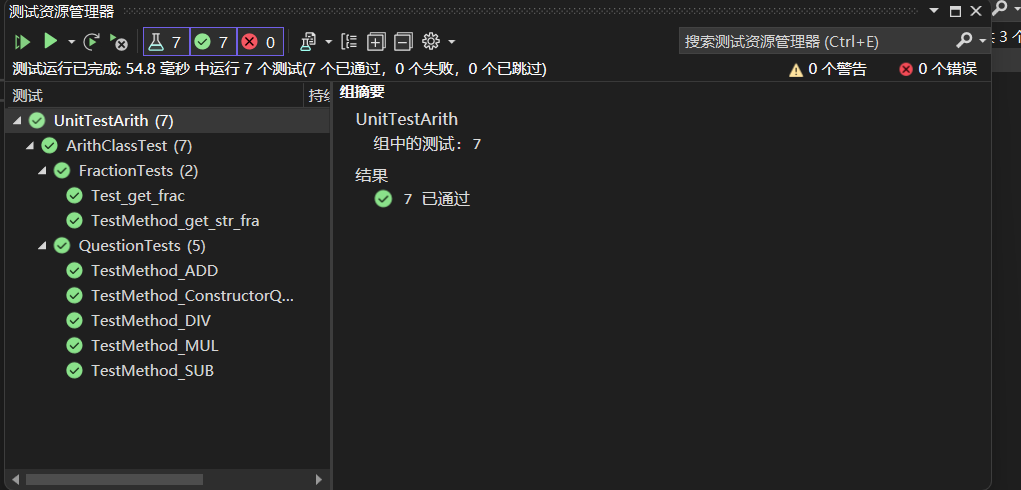110.109
Introductory Financial Accounting
Assessment 3 Booklet
Distance and Internal
Semester 2 – 2024
IMPORTANT INFORMATION
This is an electronic assessment and must be completed in the “Assessment 3 Answer Workbook” – Excel templates, to be downloaded from Stream, completed by you, and then uploaded back to Stream before the due date.
To enable your assessment to be marked, you must NOT alter the Excel templates in any way that compromises the green columns dedicated to marking and the formulas in these columns that add back to the ‘Marking Summary’ sheet.
You are advised to use formulas to pull data from one sheet to another, but this is not a requirement for this assessment, and using formulas will not attract any marks.
Assessment 3 contributes 15% towards your final grade. It consists of three (3) questions: Q1: Accounting Cycle, Q2: Inventories, and Q3: Statement of Cash Flows.
Please note that Assessment 3 is due by 11 PM, New Zealand time on 27 September.
Assessment 3 covers material from weeks 1 to 8 inclusive and mainly relates to the following learning outcomes:
1. Demonstrate an understanding of the financial reporting framework for general purpose financial statements for commercial enterprises.
2. Identify, measure, record and communicate economic transactions and events of commercial enterprises’ operations using fundamental accounting concepts, including the double-entry accounting system.
3. Apply basic measurement theory, and principles and concepts of accounting, to the valuation of assets.
Before attempting this assessment, it is strongly recommended that you read both the Assessment Information and Assessments 2 and 3 General Instructions (e.g. extensions, submissions, return of marked assessments, etc.) on the course Stream site and the assessment details on the following pages thoroughly. You should also study the relevant material in the textbook and make sure you understand the concepts covered by practising the weekly exercises and workshop questions before or as you complete this assessment.
Please feel free to keep in touch with the 110.109 teaching team regarding this assessment, preferably through the Assessment Forum on Stream. That way all students benefit and often we have found that the best way of learning is through discussion with your peers as well as teaching staff.
Please remember that all 110.109 assessments must be your own work. Discussion on Stream or in study groups is fine but comparing or suggesting answers on Stream or in study groups as opposed to concepts may lead to marks being deducted to the extent of receiving zero marks if answers are too similar. Therefore, please do NOT discuss your answers or ask public queries with suggested answers on the course Stream forums. If you are unsure about this issue, you are welcome to use the Private Conversations on the course Stream site.
There are a large number of students with whom the teaching staff and myself are involved in this course, but that does not mean that you are not each individually very important to us. We value each student and will try to provide appropriate guidance to the best of our ability.
All the best with your assessment.
Yuan Yuan on behalf of the 110.109 teaching team
ASSESSMENT 3 DETAILS
Complete all three (3) questions in the “Assessment 3 Answer Workbook” . Name your workbook as “SurnameID#” for submission, where ID# is your student ID number (e.g., Smith12345678). Before submitting, complete the first worksheet of the Answer Workbook – Cover Sheet, with your current details.
Question 1: Accounting Cycle
Below is the unadjusted trial balance of Lee Ltd as at 30 June 2024. The company’s financial year ends on 30 June.
Lee Ltd.
Unadjusted Trial Balance as at 30 June 2024
|
Account Title |
Debit $ |
Credit $ |
|
Cash at Bank |
24,000 |
|
|
Accounts Receivable |
32,000 |
|
|
Inventory |
22,710 |
|
|
Supplies (asset) |
2,500 |
|
|
Prepaid Insurance |
235 |
|
|
Equipment (cost) |
62,000 |
|
|
Vehicle (cost) |
82,000 |
|
|
Cost of Sales |
52,000 |
|
|
Sales Returns and Allowances |
1,870 |
|
|
Discount Allowed |
1,500 |
|
|
Electricity Expense |
3,000 |
|
|
Insurance Expense |
2,585 |
|
|
Sales Salaries Expense |
20,500 |
|
|
Selling Expense |
7,570 |
|
|
Dividends Paid |
2,000 |
|
|
Accumulated Depreciation - Equipment |
|
2,500 |
|
Accounts Payable |
|
14,085 |
|
PAYE Payable |
|
1,600 |
|
Bank Loan (10% interest p.a.) |
|
30,000 |
|
Share Capital |
|
110,000 |
|
Retained Earnings |
|
42,700 |
|
Sales |
|
114,930 |
|
Discount Received |
|
655 |
|
|
316,470 |
316,470 |
Additional data as at 30 June 2024:
(a) Supplies on hand on 30 June 2024 are $2,300.
(b) Annual insurance premium of $2,820 was paid on 1 July 2023. Adjustments to Prepaid Insurance have been made until and including 31 May 2024.
(c) June’s electricity bill of $500 was received and is payable on 15 July 2024. This bill has not yet been recorded in the account. Use Accounts Payable to record the electricity bill.
(d) Sales salaries accrued but not paid as of 30 June 2024 are $3,000 (Gross). PAYE (10% of Gross) is payable on the 10th of the first month of each quarter.
(e) No depreciation has been charged since the last financial year. Depreciation is to be charged at the following rates:
Equipment: The straight-line method at a rate of 10% is used for all the equipment. Note: Some equipment was purchased on 1 January 2023; while the remaining equipment was bought on 1 April 2024, at a cost of $12,000. No residual value is assigned to any of the equipment.
Vehicle: The company vehicle was purchased on 1 September 2023 and has a useful life of 5 years. The estimated residual value is $4,000. Straight-line depreciation method is used for the vehicle.
(f) The bank loan of $30,000 was taken out on 1 July 2023 for five years. A payment of $12,000, including 代 写110.109 Introductory Financial Accounting both principal and interest, is due annually. The interest is charged at a rate of 10% p.a. and is not compounded.
(g) The company includes Supplies, Electricity, Insurance and Depreciation Expenses under administration expenses. Interest Expense is listed separately under financial expenses.
(h) Due to an economic downturn, all profits will be retained at the end of the financial year.
Required:
For the purpose of this question, please ignore GST and Income Tax. Show ALL your workings. Narrations for journals are NOT required.
i. Journalise the adjusting entries on 30 June 2024 for Lee Ltd, in the General Journal. (Note: Closing entries are NOT required). (23 marks)
ii. Complete the Worksheet for the year ended 30 June 2024 for Lee Ltd. (6 marks)
iii. Prepare a Classified Statement of Profit or Loss for Lee Ltd for the year ended 30 June 2024, as per Textbook Figure 4.6 (p. 204). Your answer should clearly identify Net Sales, Gross Profit, and Net Profit (Loss) Before Tax. (11 marks)
iv. Prepare a Statement of Changes in Equity for Lee Ltd for the year ended 30 June 2024. (3 marks)
v. Prepare a Classified Statement of Financial Position for Lee Ltd as at 30 June 2024. (7 marks) [Total Q1 = 50 marks]
Kinney Ltd specialises in homemade feijoa bottled juice, which enjoys great popularity in the local market. The company uses the perpetual inventory system for recording its cost of sales. The inventories and purchases for the month of December are as follows:
|
December |
|
Purchases |
Sales |
|
|
Quantity |
Cost per unit |
Quantity |
||
|
1 |
Beginning inventory |
100 units |
$1.00 |
|
|
3 |
Purchase |
200 units |
$1.30 |
|
|
7 |
Sales |
|
|
220 units |
|
9 |
Purchase |
200 units |
$1.80 |
|
|
14 |
Sales |
|
|
280 units |
|
18 |
Purchase |
300 units |
$2.00 |
|
|
21 |
Sales |
|
|
200 units |
|
30 |
Purchase |
100 units |
$2.20 |
|
During the month, units were sold for $3.50 per unit.
Required:
For the purpose of this question, please ignore GST. Show ALL your workings.
i. Calculate the Cost of Goods Available for Sale for December, as per Textbook Figure 5.7 (p.244). (3 marks)
ii. Calculate the Cost of Sales for 14 December using the FIFO method, as per Textbook Figure 5.18 (p.253). (2 marks)
iii. Calculate the Cost of Sales for 14 December using the LIFO method, as per Textbook Figure 5.19 (p.254). (2 marks)
iv. Calculate the Cost of Sales for 14 December using the weighted average cost method, as per Textbook Figure 5.20 (p.254). (4 marks)
v. Using the weighted average cost method, calculate the dollar amount ($) assigned to the inventory on hand on 31 December and the cost of sales for the month of December. (4 marks)
[Total Q2 = 15 marks]







